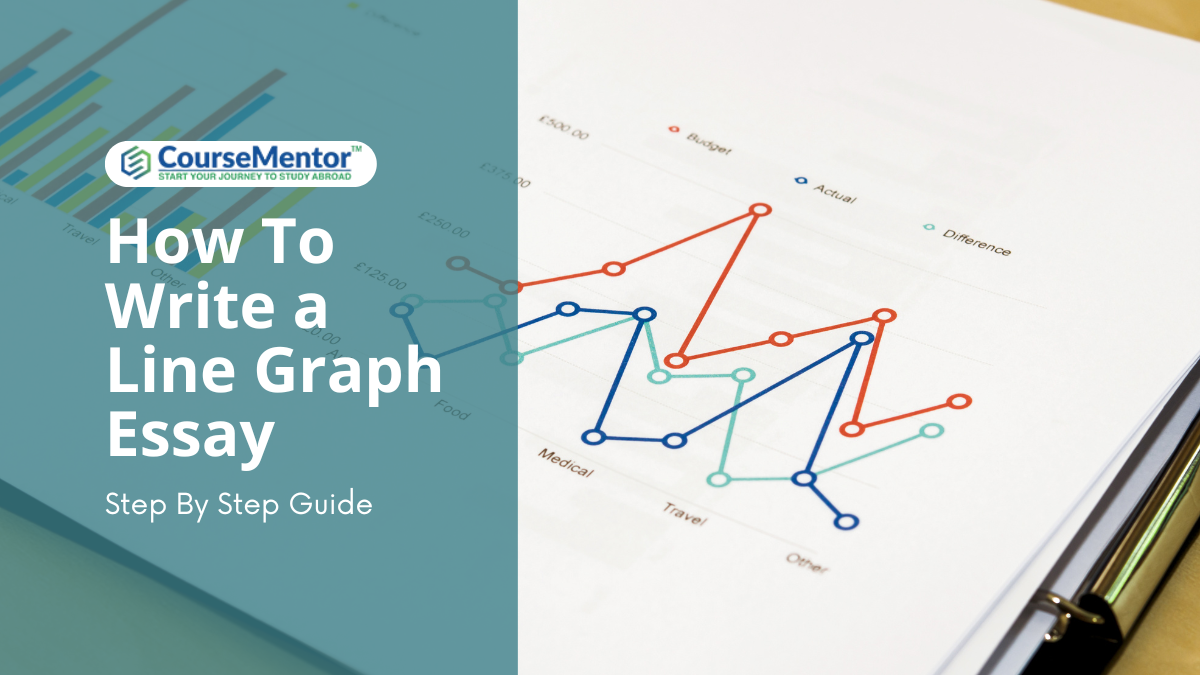In the world of academic writing, one skill stands out as crucial for effectively presenting complex ideas: the ability to craft synthesis paragraphs. These paragraphs serve as bridges between various sources, allowing writers to weave together different viewpoints, arguments, and evidence into a cohesive narrative. In this guide, we’ll delve into the details of how to write a synthesis paragraph, breaking down the process into manageable steps and providing practical tips for mastering this essential skill.
| Also Read: How To Write Study Plan For Scholarship |
Understanding the Concept
Before diving into the specifics of writing synthesis paragraphs, it’s essential to grasp the concept of synthesis itself. Synthesis involves the integration of multiple sources to create a unified whole.
In the context of writing, synthesis paragraphs bring together ideas from different texts, analyzing their relationships and presenting them in a coherent manner.
The purpose of synthesis paragraphs is two-fold: to demonstrate a deep understanding of the subject matter by engaging with a range of perspectives, and to construct an argument or narrative that goes beyond the individual sources.
By synthesizing information from various sources, writers can develop nuanced interpretations, identify patterns or trends, and offer fresh insights to their readers.
How To Write A Synthesis Paragraph Step By Step
- Analyze Sources:
Begin by thoroughly analyzing the sources you plan to synthesize. Identify the main ideas, key arguments, and supporting evidence presented in each source. Take note of any similarities or differences between the sources and consider how they relate to your topic.
Example: Suppose you’re writing a synthesis paragraph on the topic of climate change. Begin by analyzing several sources, such as scientific studies, government reports, and opinion pieces from reputable sources. Identify the main ideas and key arguments presented in each source.
For instance, one source might emphasize the role of human activities in driving climate change, while another might focus on the impacts of rising temperatures on ecosystems and communities.
- Determine Relationships Between Sources:
Next, explore the relationships between the sources. Look for common themes, topics, or perspectives that emerge across multiple texts. At the same time, be alert to any contradictions or divergent viewpoints that may require further analysis.
Example: After analyzing the sources, consider how they relate to each other. Look for common themes or topics that emerge across multiple texts. For instance, you might find that several sources discuss the importance of reducing greenhouse gas emissions to mitigate climate change.
At the same time, be aware of any differences or contradictions between the sources. Perhaps one source advocates for immediate action to address climate change, while another suggests a more cautious approach.
- Develop a Thesis Statement:
Based on your analysis of the sources, craft a thesis statement that encapsulates the central idea or argument of your synthesis paragraph. Your thesis should provide a clear direction for the paragraph and establish the purpose of your synthesis.
Example: Based on your analysis of the sources, craft a thesis statement that captures the central idea of your synthesis paragraph. For example, your thesis statement might assert that while climate change presents a significant threat to the planet, effective mitigation strategies require a coordinated effort from governments, businesses, and individuals.
This thesis sets the direction for your synthesis paragraph and establishes the purpose of your analysis.
- Organize the Paragraph:
Choose a suitable organizational structure for your synthesis paragraph, such as a point-by-point comparison or a block format. Arrange your ideas in a logical sequence, ensuring a smooth flow of information from one point to the next.
Example: Choose a suitable organizational structure for your synthesis paragraph. You might opt for a point-by-point comparison, where you discuss each source’s perspective on a particular aspect of climate change before synthesizing the information.
Alternatively, you could use a block format, where you dedicate separate paragraphs to each source before offering your synthesis. Whichever structure you choose, ensure that your ideas flow logically and coherently.
- Write the Synthesis Paragraph:
Begin your paragraph by introducing the sources you’ll be synthesizing, providing brief context or background information as needed. Then, present the synthesized information, drawing connections between the sources and offering your analysis and interpretation. Be sure to include evidence from the sources to support your claims and engage critically with the material.
Example: Begin your synthesis paragraph by introducing the sources you’ll be synthesizing. Provide brief context or background information for each source to orient the reader. For instance, you might mention the titles of the scientific studies
Discuss how each source contributes to your understanding of climate change and highlight any common themes or divergent viewpoints. Finally, conclude the paragraph by reiterating your thesis statement and summarizing the key insights gained from synthesizing the sources.
By following these steps and incorporating examples, you can effectively write a synthesis paragraph that integrates information from multiple sources to construct a coherent argument or narrative.
Tips for Effective Synthesis Paragraphs
- Maintain Clarity and Coherence: Keep your writing clear and concise, avoiding unnecessary jargon or complex language. Ensure that each sentence contributes to the overall coherence of the paragraph, guiding the reader through your synthesis with ease.
- Use Transitional Phrases and Words: Use transitional phrases and words to signal shifts between ideas or sources. Phrases like “on the other hand,” “similarly,” and “in contrast” can help to clarify the relationships between different parts of your synthesis.
- Incorporate Evidence from Sources: Support your analysis with evidence from the sources you’re synthesizing. Quote directly from the texts, cite relevant statistics or examples, and attribute ideas to their respective authors to strengthen your argument.
- Avoid Mere Summarization: Resist the temptation to simply summarize the sources without adding any new insights. Instead, focus on synthesizing the information in a way that offers a fresh perspective or contributes to a deeper understanding of the topic.
- Provide Critical Evaluation: Engage critically with the material by evaluating the strengths and weaknesses of the arguments presented in the sources. Offer your own assessment of the evidence, highlighting areas of agreement or disagreement and considering alternative viewpoints.
Examples of Synthesis Paragraphs
To illustrate the principles outlined above, let’s consider an example for how to write a synthesis paragraph that integrates information from multiple sources to support a central argument.
Sample Synthesis Paragraph:
| “In examining the role of technology in modern education, it becomes evident that while some scholars advocate for its widespread adoption as a means of enhancing learning outcomes, others caution against overreliance on digital tools at the expense of traditional teaching methods. For instance, Smith (2018) argues that technology has the potential to revolutionize education by providing personalized learning experiences and expanding access to resources beyond the confines of the classroom. Similarly, Jones (2020) highlights the benefits of incorporating digital technologies such as virtual reality and gamification into educational curricula to engage students and foster creativity. However, critics such as Brown (2019) warn that excessive screen time and reliance on digital devices may lead to diminished attention spans and hinder students’ ability to think critically and communicate effectively. Despite these concerns, proponents of educational technology maintain that when used judiciously, technology can complement traditional teaching methods and empower students to become active participants in their own learning.” |
Conclusion
In conclusion, writing synthesis paragraphs is a skill that can be mastered with practice and careful attention to detail.
By following the steps outlined in this guide for how to write a synthesis paragraph and incorporating the tips provided, writers can effectively synthesize information from multiple sources to construct compelling arguments and narratives.
Whether you’re a student working on a research paper or a professional seeking to communicate complex ideas, mastering the art of writing synthesis paragraphs will enhance your ability to engage with diverse perspectives and contribute meaningfully to academic discourse.





